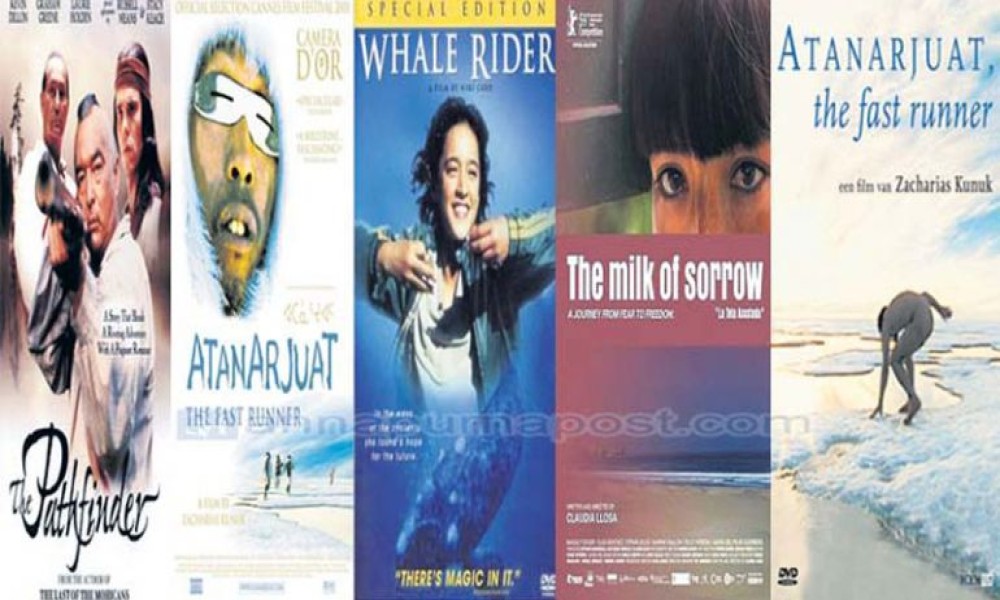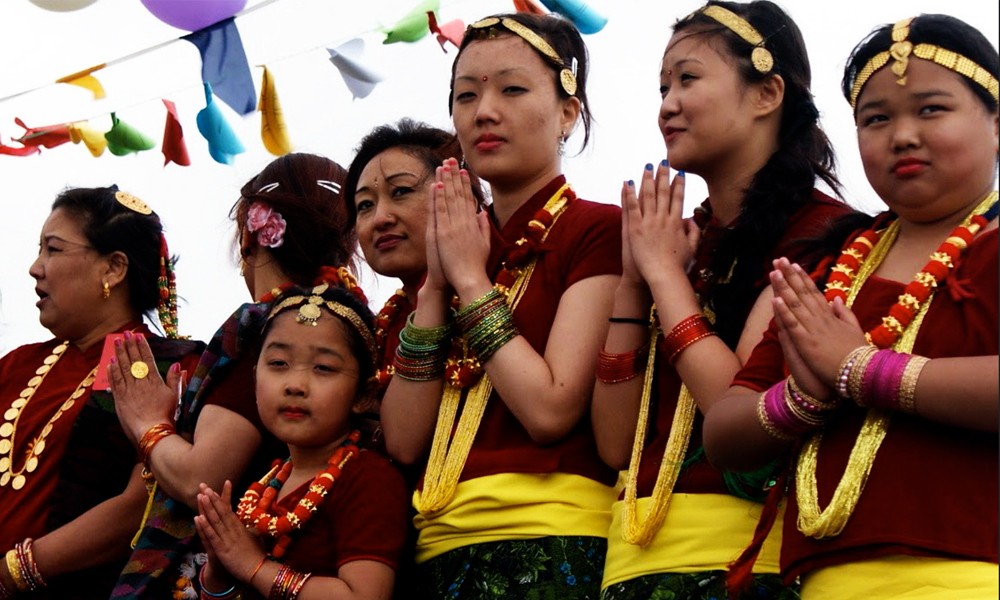The necklaces with colorful glass beads play an important part in the culture of the Paiwan people, one of the ethnic tribes in Taiwan. They give their loved ones these beautiful necklaces as gifts. Beads used in these necklaces are similar to Puwalo beads used by indigenous Gurungs and Tamangs in Nepal. But unlike Puwalos, ceramic beads used by the Paiwan people are more varied and colorful. Images printed on these beads also make them distinct.
Myth has it that a poor Paiwan boy fell in love with a beautiful girl in ancient Taiwan. He wanted to charm her with a beautiful necklace. And he killed dragonflies and removed their eyeballs to weave a beautiful necklace. The next day, the dragonfly eyeballs turned into pearls.
Internationally recognized film festivals like Cannes and Sundance have recognized these indigenous films not just because they were liked by the audience, but also because of their unique storytelling.
A couple of years ago, a film titled as 'Cape No. 7' was shot in the Paiwan region of Taiwan. In this film, the hero gives the heroin a Paiwan necklace as a gift. The film became a runway hit not only in Taiwan but also in China. And every youngster in Taiwan and China wanted to wear Paiwan necklaces. Demand of Paiwan beads increased so much that what was a cottage enterprise developed into an industry. The Paiwan region where the movie was shot suddenly became a tourist hotspot.
The success and impact of 'Cape No. 7' is just an example of the power of films. Just one film can thrown the spotlight on a whole indigenous community. Thankfully, indigenous films have caught the imagination of all the continents over the last two decades. The pathfinder, a 1987 Norwegian film by Nils Gaup, a 2009 Peruvian film by Claudia Llosa and Ten Canoes, a 2006 Australian film by Rolf de Heer have won awards in the Cannes Film Festival. Berlin Film Festival and Sundance Film Festival have now exclusive categories for indigenous films.
The colonial mentality does exist in the film industry, whether in Hollywood or elsewhere. The white men think that they are superior than others, and they rarely glorify indigenous culture. The films made by people with colonial mentality have often portrayed indigenous people as the uncivilized community. But in the last two decades, things have changes.
Internationally recognized film festivals like Cannes and Sundance have recognized these indigenous films not just because they were liked by the audience, but also because of their unique storytelling. Until a few decades ago, no director would consider making films on the theme of indigenous people. Some did, but they portrayed indigenous people in bad light. Even now, the colonial mentality does exist in the film industry, whether in Hollywood or elsewhere. The white men think that they are superior than others, and they rarely glorify indigenous culture.
The colonialists believe that they are the chosen ones to rule over the people who do not think, see, speak and behave like them. Colonialism is a structure, which defines colonialists as 'us' and indigenous people as 'others'. The 'us' always try to portray 'others' as the uncultured ones. It reflects in films as well. The films made by people with colonial mentality have often portrayed indigenous people as the uncivilized community. But in the last two decades, things have changes. Increasingly more indigenous films are winning the hearts and minds of people around the word. They are also helping clear the misconception about indigenous films.
(This is a transliterated version of a Nepali article originally published in Annapurna Post)







